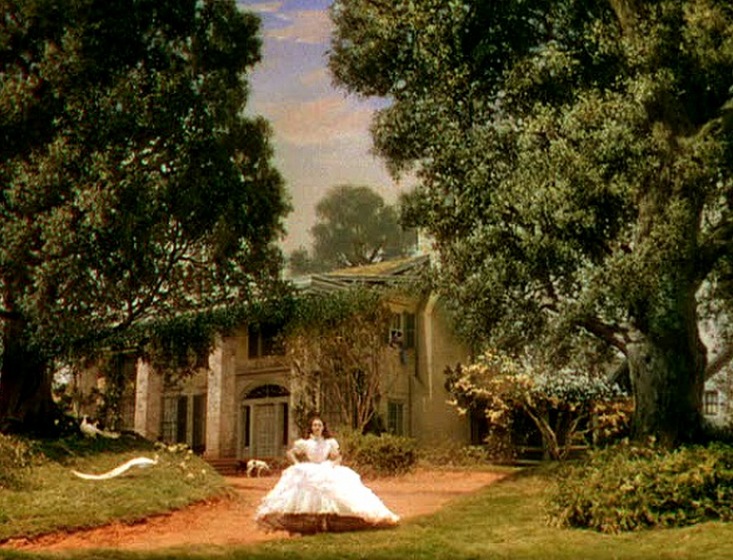Gone with the Wind
Share

“Gone with the Wind” (1939), directed by Victor Fleming, is one of the most iconic films in cinematic history, known for its epic storytelling and lavish production design. One of the most notable sets in “Gone with the Wind” was the Tara plantation, the ancestral home of the protagonist, Scarlett O’Hara. The Tara set was constructed on the backlot of Selznick International Studios in Culver City, California. It was designed to convey the grandeur and elegance of a Southern plantation, with sprawling grounds, majestic columns, and lush gardens. The set provided the backdrop for many key scenes in the film, including Scarlett’s famous declaration, “As God is my witness, I’ll never be hungry again!” In addition to Tara, “Gone with the Wind” featured other elaborate sets, including the bustling streets of Atlanta before its destruction during the Civil War, the opulent ballrooms of high society, and the war-torn landscapes of the South. The production of “Gone with the Wind” was a massive undertaking, with a budget of over $3 million (a considerable sum for the time) and a cast and crew of thousands. The film’s sets, costumes, and visual effects set a new standard for Hollywood filmmaking and helped establish it as one of the greatest cinematic achievements of all time.




